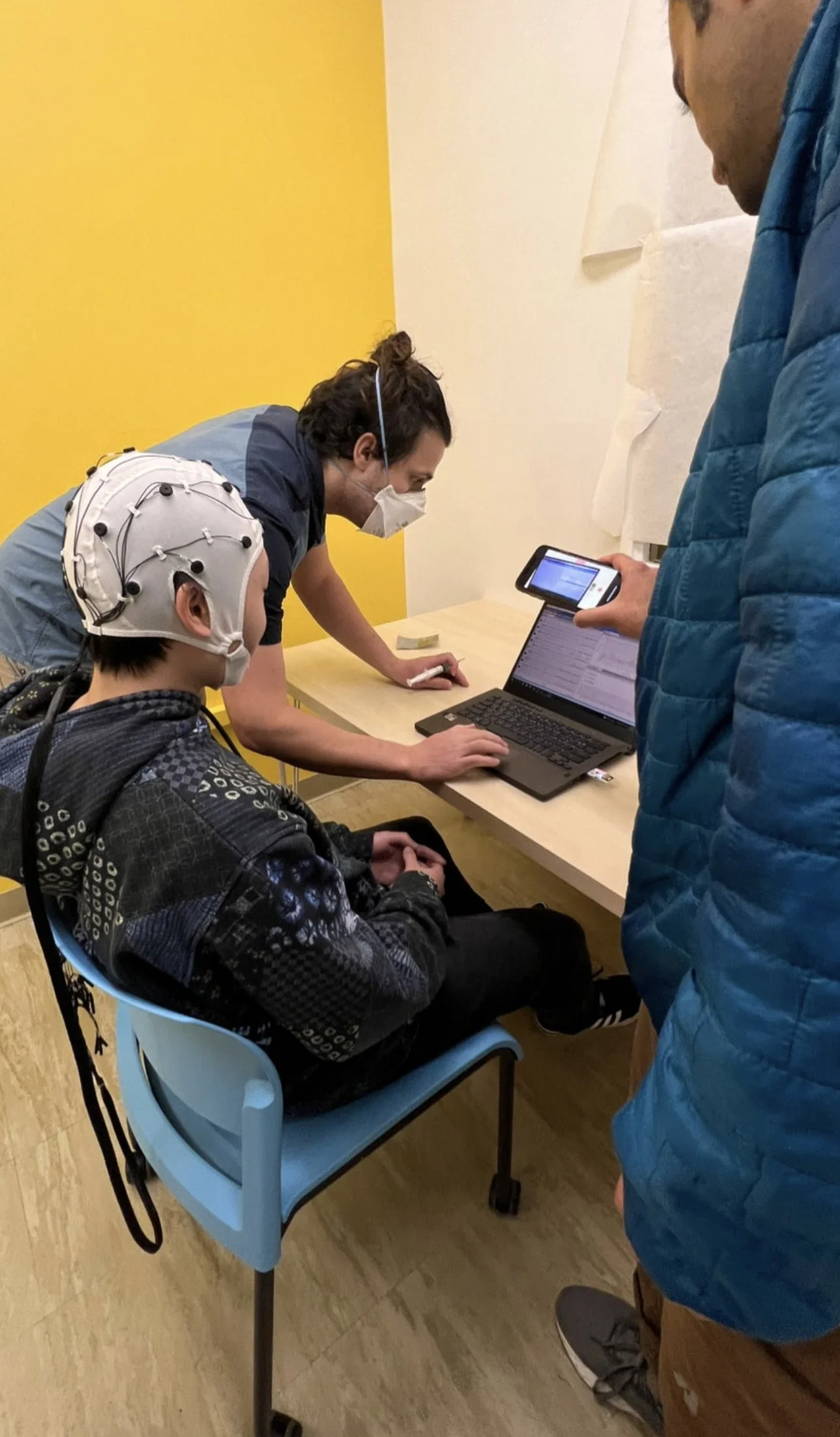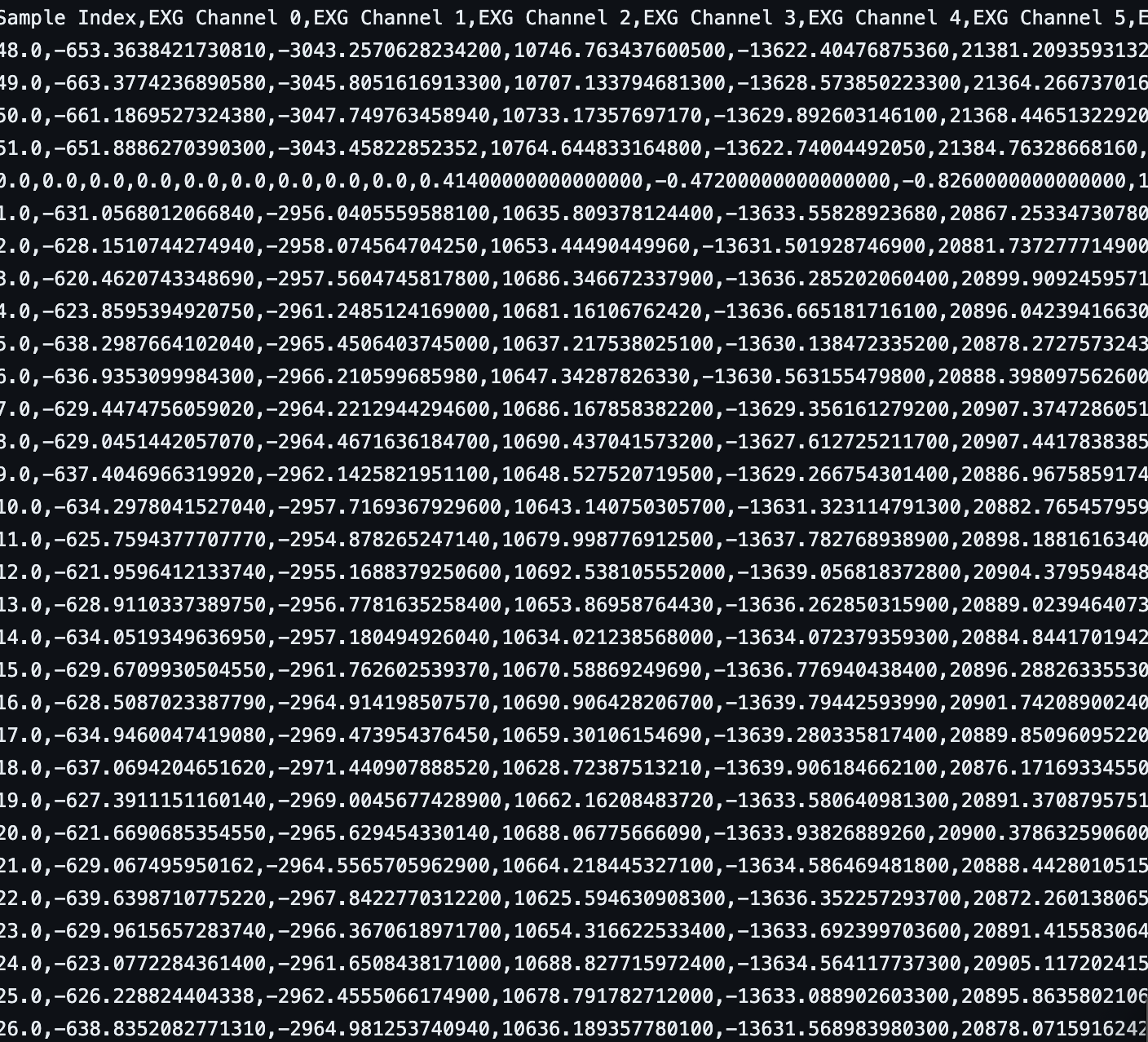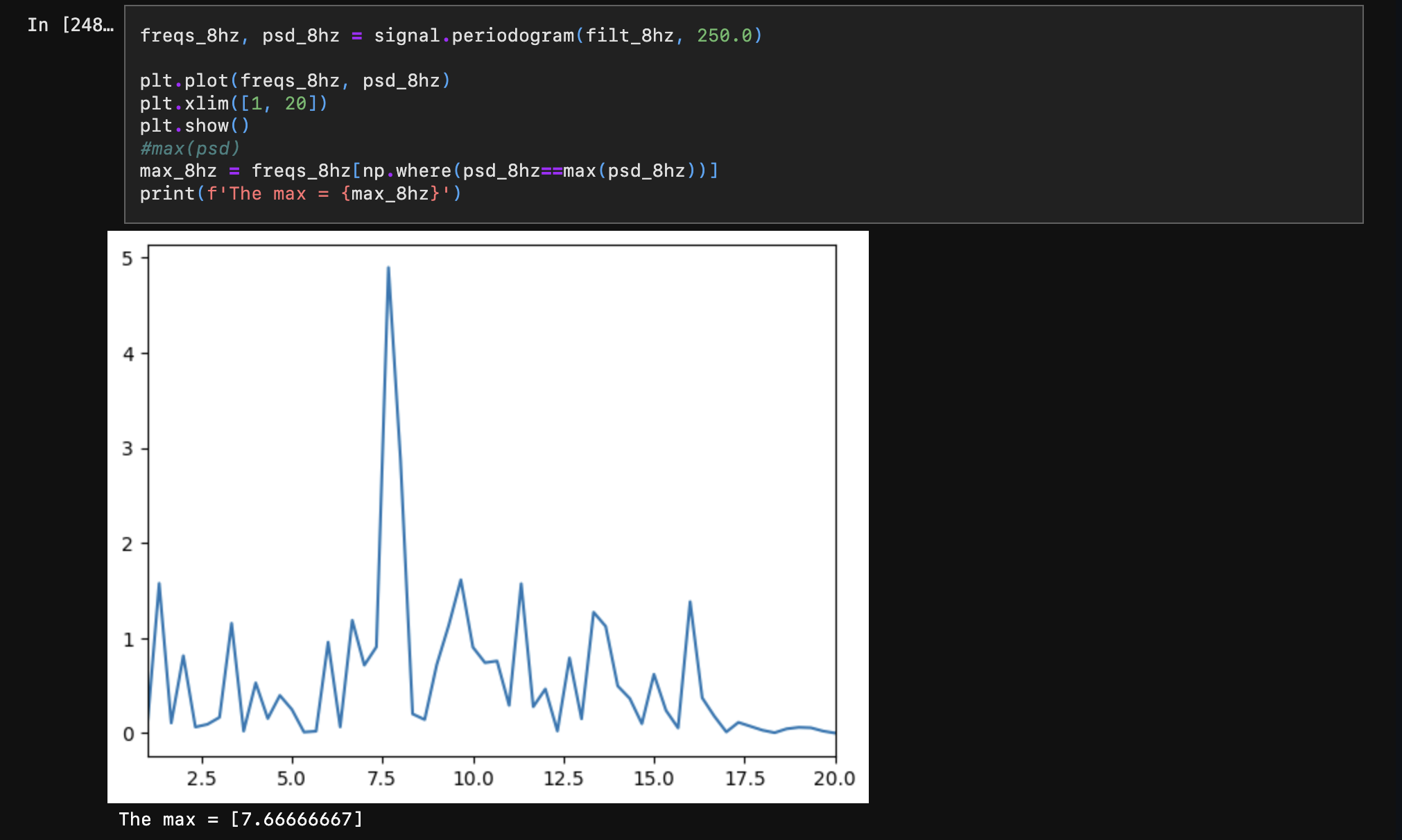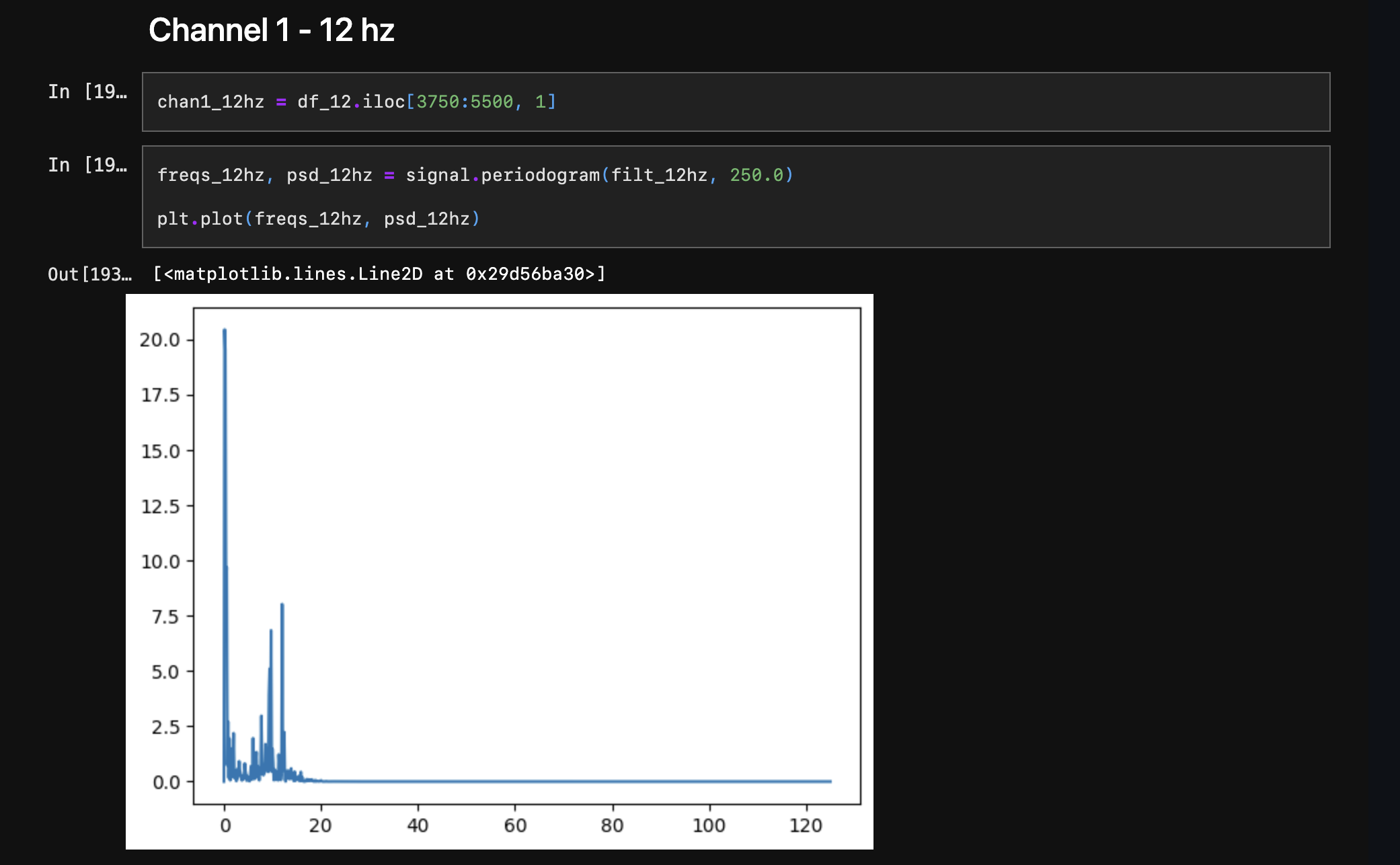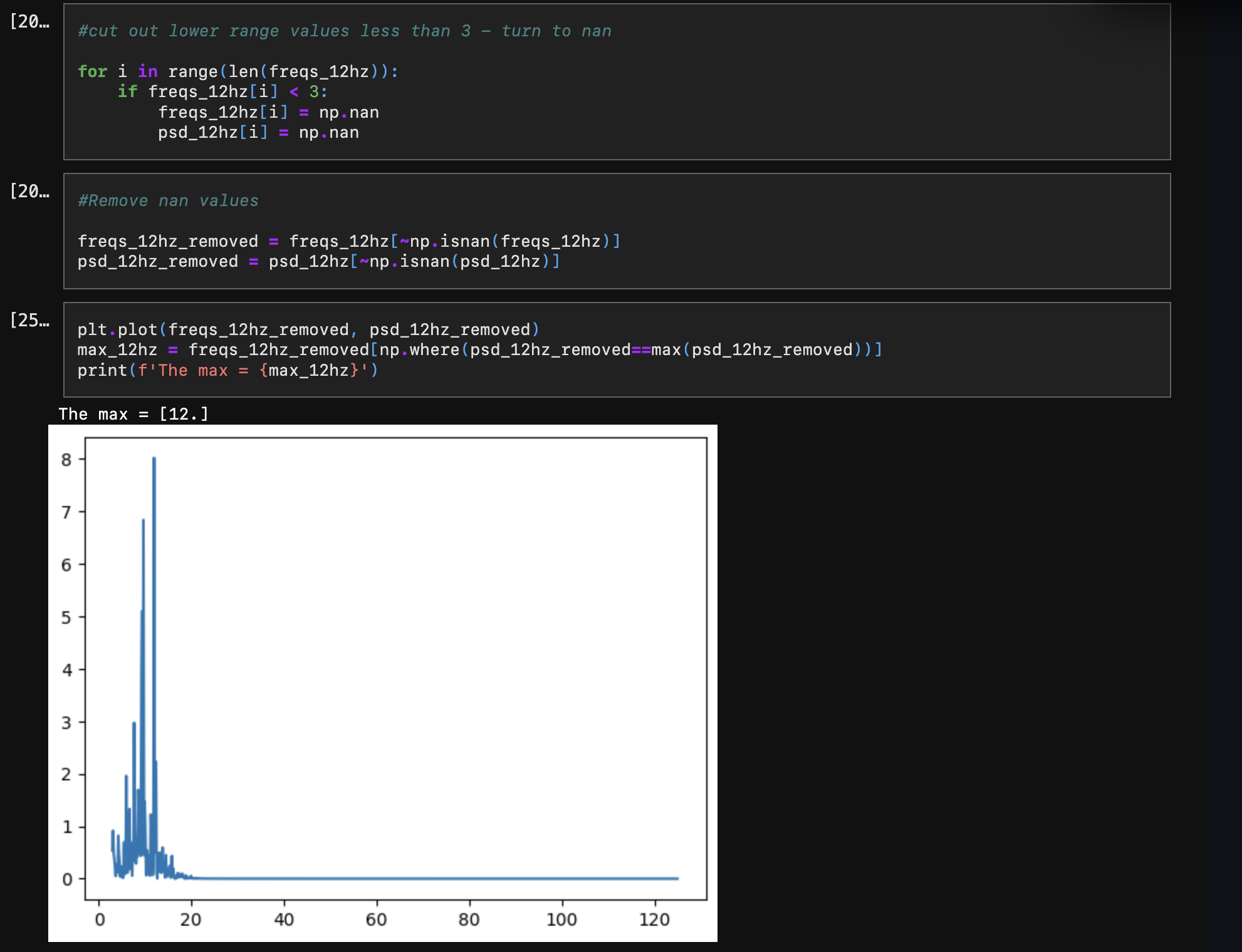Neural AutogrindGoal
Allow the player to effectively play the digital game Maplestory without using their limbs.
Research
Reference:
Tetris game (Team NeuroTetris - WI 2020)
Used neurosky to run together with the game
Dino Jump Game (Team Dino Jump - F 2020)
Literature Examples
Hafeez T, Umar Saeed SM, Arsalan A, Anwar SM, Ashraf MU, Alsubhi K (2021) EEG in game user analysis: A framework for expertise classification during gameplay. PLoS ONE 16(6): e0246913. https://doi.org/10.1371/journal.pone.0246913
Measured EEG data during Temple Run gameplay
Mallapragada, Chandana, "Classification of EEG signals of user states in gaming using machine learning" (2018). Masters Theses. 7831. https://scholarsmine.mst.edu/masters_theses/7831
Ties three common states during game to machine learning
How it works
The player would create a training route using SSVEP signals
The player could decide when to edit their route by triple blinking
The player would then start their training session by double blinking
The training session could be stopped by double blinking again
Hardware & Software
Hardware
Cyton Board (8 Channels)
EEG Electrode Cap (with Signagel)
Windows Laptop (Windows 10)
For collecting data and running scripts
Software
Stimulus: Pygame
Sending EEG signal and markers: Pylsl, OpenBCI GUI
EEG data processing: Scipy.signal
Game automation: PyDirectInput
Methods
The visual stimuli was created using the approximation method made by Dr. Nakanishi
Computer screen, each red box flashes at different rates
Creating Visual Stimuli
Using the Pygame module, the color of the rectangles are changed according to the approximation indices and whether the flash period has passed.
Using LSL Streams
Two main components
Visual Stimuli & automation script
Backend
The stimuli & automation script
Sends out markers to the backend indicating when to store data and when to process and send results
Receives SSVEP results from backend
Backend
Receives EEG data from OpenBCI GUI via LSL
Receives markers from the stimuli & automation script
Sends out results to the stimuli & automation script after processing the EEG data
Procedure & Data Collection
While wearing the EEG Electrode cap, the user focused on one of the four squares that flashed at four different Hz.
We recorded for the SVEEP signal on channel 01 & blinks on channel 04.
The user focused on each flashing square for 30 seconds.
Each Hz recording was saved to a different csv.
Filtering
When first looking at the estimated power spectral density of our data we saw noise and other anomalies that we needed to filter out. We used a non-causal zero phase filter, adapted from assignment three. Except we changed the sampling rate to 250 hz and the high pass to 6 and low pass to 16 since we were looking at signals in the range from 8hz to 14hz.
PRE-FILTERED 8HZ CHANNEL 01 - estimated power spectral density
Viewing the power spectral density after filtering, we can see our max peak will be much closer to what we expect. We found our max peak to be 7.66 which is within a reasonable range for the 8hz channel.
8hz of the estimated power spectral density post filtering
With the 10, 12, and 14hz channels we needed to do extra filtering to remove an unwanted low end signal. When finding the max peak, an anomaly happened at 0.14, so we had to filter that out. We just looped through the frequency and anything that was below 3hz we removed, we of course also removed the corresponding power spectral density values as well - and we were able to get a more accurate reading. And on the 12hz we found our max peak dead on at 12.
Power spectral density before removing unwanted low end signal - unwanted max peak is at 0.14
Power spectral density after - giving us a max peak at 12
8hz, 10hz, & 12hz, signals we were able to get an accurate reading. 14hz signal was a bit off.
Results
Created visual stimuli that flash at 8, 10, 12, and 14 Hz using Pygame
Though might not be stable due to frame drops
We were able to process SSVEP signals from EEG data in real time (this took a lot of trials and time)
Not very stable
We could translate the SSVEP signals into a sequence of automated character movements
The character in Maplestory was able to consistently play the sequence of automated character movements repeatedly
When finding “max peaks” the 14hz was not accurately recorded or filtered.
It may have been a monitor refresh rate issue, external interference (laptop charging), or not enough/too much gel.
Improvments
Implement blink detection to further automate the training process
Using our system, the player would only need to be able to control their eyes to interact & play the game (Maplestory), allowing people who suffer from quadriplegia to enjoy playing PC games without trouble.
Applying a non-causal, zero phase filter
